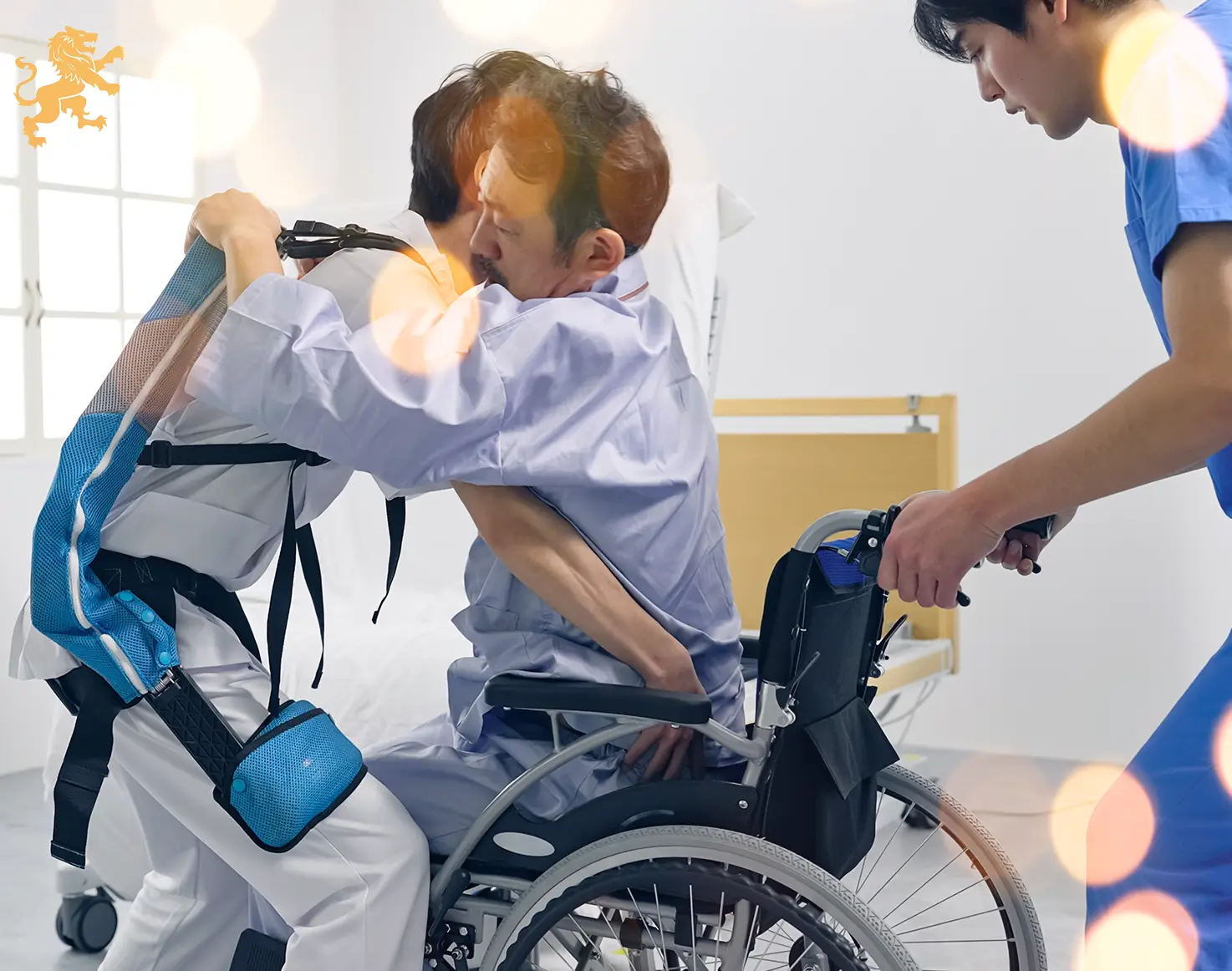
20 Mar Playing it safe: using two people for patient transfers
Patient transfers involve moving a patient from one surface to another, such as bed to stretcher, bed to wheelchair, wheelchair to chair, or wheelchair to toilet. When transferring a patient who is too weak, unsteady or otherwise unable to move safely by themself, two trained caregivers should be involved in making the transfer.
When to Use Two-person Lifting
A two-person transfer is necessary if a patient is not cooperative, unpredictable, or unable to bear weight on both legs and take small steps. In addition, a patient who is overweight will likely require the help of more than one caregiver to perform a transfer.
Tips for Safe Transfers
When done incorrectly, a transfer can cause serious injuries to the patient or caregivers. The following tips can ensure caregivers make safe transfers:
- Use two qualified caregivers. One strong individual can’t replace two trained caregivers since successful transfers are based on careful teamwork rather than strength alone.
- Assume the patient lacks strength. If a patient requires a two-person transfer, any help or cooperation should not be expected from them.
- Delegate roles. One caregiver should direct the transfer and the other should listen and act accordingly.
- Act with care. Before the transfer begins, everyone should be stable and balanced, and all obstacles should be moved out of the way. In addition, all equipment must be locked into place so nothing rolls or slips while the transfer is occurring.
- Use a gait belt and other safety gear. While equipment can’t replace a caregiver’s help, it can aid in lifting a patient. Appropriate safety measures must be taken when using such equipment.
- Communicate with the patient. The patient should know what’s going on to minimize confusion and help them maintain their dignity.
Safety must be a priority when it comes to patient care. Understanding when and how to utilize two people for patient transfers can help minimize injury to caregivers and patients while also mitigating risks.




Sorry, the comment form is closed at this time.